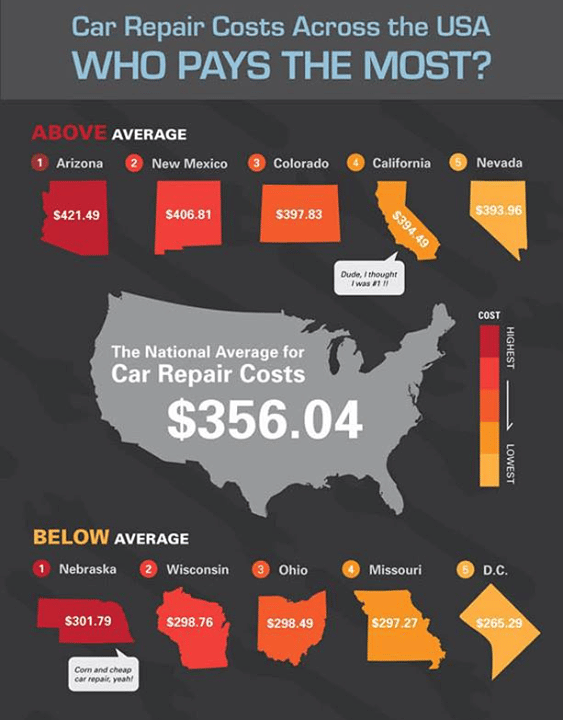Deciphering The Value Of Your Vehicle'S Caution Indicators
Deciphering The Value Of Your Vehicle'S Caution Indicators
Blog Article
brake pad repair near me -Kane Boyer
When you're behind the wheel, those radiant warning lights on your control panel can be a bit bewildering. Do you recognize what they're trying to inform you concerning your car's health and wellness? Understanding the relevance of these lights is important for your safety and security and the long life of your automobile. So, the next time one of those lights appears, would not you wish to decipher its message precisely and take the required actions to resolve it?
Common Warning Lighting and Interpretations
Identify usual caution lights in your car and comprehend their meanings to ensure safe driving.
One of the most regular caution lights consist of the check engine light, which indicates problems with the engine or emissions system. If https://brakesnearme85162.liberty-blog.com/30330910/assessing-do-it-yourself-vehicle-repair-service-versus-specialist-solutions-financial-ramifications-time-investment-and-outcome comes on, it's essential to have your lorry examined quickly.
The oil pressure warning light indicates low oil stress, requiring prompt interest to stop engine damages.
https://brake-check72841.tusblogos.com/30250956/are-you-struggling-to-locate-a-reputable-auto-mechanic-discover-specialist-techniques-to-help-you-browse-the-option-process-and-ensure-your-car-obtains-the-very-best-feasible-treatment blinking battery light could suggest a damaged charging system, possibly leaving you stranded if not resolved.
The tire pressure monitoring system (TPMS) light alerts you to low tire pressure, affecting automobile stability and fuel efficiency. Ignoring this might result in hazardous driving conditions.
The ABS light shows an issue with the anti-lock braking system, jeopardizing your capability to stop promptly in emergency situations.
Lastly, the coolant temperature advising light warns of engine overheating, which can lead to extreme damage if not settled swiftly.
Understanding these usual warning lights will help you deal with issues quickly and preserve safe driving problems.
Importance of Prompt Interest
Comprehending the usual caution lights in your vehicle is just the first step; the significance of promptly attending to these cautions can't be stressed sufficient to guarantee your safety and security when traveling.
When a caution light brightens on your dashboard, it's your car's way of interacting a potential issue that requires interest. Ignoring these cautions can result in much more serious troubles down the road, jeopardizing your safety and security and possibly costing you much more in repairs.
Motivate attention to cautioning lights can avoid breakdowns and accidents. For example, a flashing check engine light can suggest a misfire that, if left unattended, can cause damages to the catalytic converter. Resolving this immediately can save you from an expensive fixing.
In a similar way, a brake system warning light could signify low brake fluid or used brake pads, important elements for your safety when driving.
DIY Troubleshooting Tips
If you see a warning light on your dashboard, there are a few do it yourself troubleshooting ideas you can attempt prior to looking for professional assistance.
The very first step is to consult your automobile's manual to recognize what the particular warning light shows. In some cases the problem can be as easy as a loose gas cap activating the check engine light. Tightening up the gas cap might solve the trouble.
Another typical concern is a low battery, which can trigger various warning lights. Checking the battery connections for deterioration and guaranteeing they're safe and secure may fix the issue.
If a caution light continues, you can attempt resetting it by detaching the car's battery for a couple of minutes and afterwards reconnecting it. Furthermore, inspecting your vehicle's liquid levels, such as oil, coolant, and brake liquid, can aid fix alerting lights connected to these systems.
Conclusion
In conclusion, recognizing your automobile's caution lights is vital for keeping your car running smoothly and securely. By promptly resolving these signals and understanding what they indicate, you can avoid pricey repair work and potential malfunctions.
Bear in mind to consult your car's manual for certain details on each advising light and act as necessary to ensure a trouble-free driving experience.
Stay educated, remain risk-free on the road!
